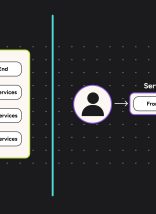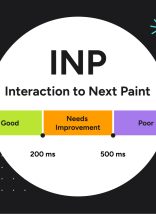As I was watching the AWS re:Invent 2019 keynote addresses and product releases, I was struck by a realization, namely, that machine learning isn’t some science fiction future yet to come – it’s already here, if you know where to look and how to use it.
Machine Learning is increasingly available, but some approaches are easier than others.
Our clients are starting to ask more and more about implementing machine learning into the solutions we provide for them. They do this because they have heard of the increasing ability of machine learning to enable automation of tasks that, until recently, could only be performed by human intelligence. The cost and time required for humans to perform these tasks meant they were often too expensive or couldn’t be offered in real-time – for example, document translation services.
What you may not know is that many services leveraging machine learning (ML for short) are already available. For example, Amazon Web Services (AWS) is continually developing and expanding a broad range of technology services – we watch their annual re:Invent conferences very carefully to learn more about their new offerings. In fact, AWS re:Invent 2019 introduced or expanded twenty ML based services!
We categorize ML solutions into two models.
I like to think of these services in two broad categories: “Ready-to-Use” and “Build-Your-Own” models. Why do I make this distinction? It comes down to what machine learning involves.
Think about what “learning” entails for a human: years of experience, from crawling to graduate school; feedback in forms ranging from trial-and-error to peer review; and the sheer repetition involved to internalize what we learn.
The process with machines is fundamentally the same. It takes large amounts of raw data, intense processing, and guidance to develop the algorithms. For humans, this takes years of full-time processing by the human brain. For machines, the effort required is comparable – developing effective machine learning is no small task!
For this reason, the ready-to-use models are the ones that excite me the most. In these cases, the data gathering, algorithm development, and validation have all been done for you.
Think of all the login captcha images you’ve identified over the years. You were “training” a machine learning algorithm.
Which Machine Learning services are easy to implement?
Being an AWS Certified Partner, we use many of the ML enabled services from Amazon Web Services. These are just a few:
- Comprehend – topic, sentiment, and relationship analysis of text.
- Transcribe – automatically convert speech to text.
- Translate – natural and accurate language translation.
- Polly – turn text into lifelike speech.
As you can see from these examples, these are broadly applicable services that could be developed from widely available data sources and input for training the models. Being broadly applicable, there’s a good chance one of these could be useful for your business. Fortunately, these services are ready to use and integrate in your applications.
If you have a very specific task for a limited use case, you will likely need to use the Build-Your-Own model. As with building anything, you need the appropriate tools and techniques. Amazon Sagemaker is a tool designed for just that purpose. Frankly, building your own ML model is a complex topic beyond the scope of this post.
If you would like to learn more about how to leverage the Ready-to-Use services, watch for my next two posts in this series revolving around these topics:
- How ML-enabled text-to-speech, translation, and transcription can broaden your website audience.
- A step-by-step guide to enabling AWS text-to-speech, translation, and transcription on a WordPress site.
Ready to learn more?
If you’re interested in learning more about how you can apply machine learning, reach out for a consultation to get started.









